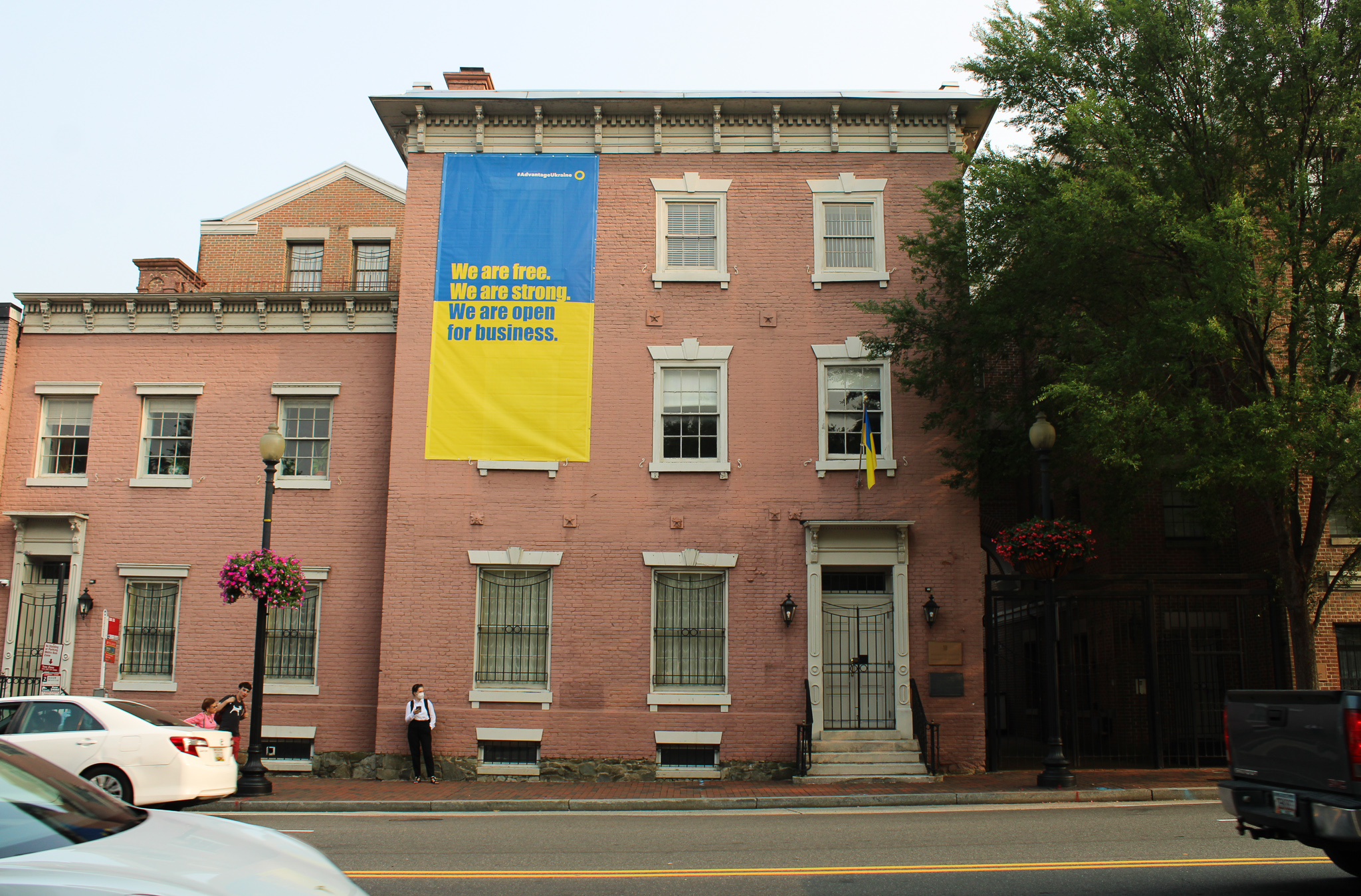Views expressed in opinion columns are the author’s own.
We already know what tomorrow’s NATO conference’s highly charged controversy will be — Ukraine’s desire to join. Victory or the destruction of an entire culture and way of life could well depend on the support that NATO membership would bring.
Although members shouldn’t need to consider Russia’s opposition, this will be a concern. Before the war started last year, Russia used the possibility of NATO expansion as an excuse to invade Ukraine.
If Ukraine were to become a NATO member, we’d be defending every inch of its territory, including both the less disputedly Ukrainian bits and the extra disputed bits.
This view of NATO misses small issues that have historically bloomed into bigger and more international threats. Nongovernmental violence is much more dangerous than Russian opposition because governments have more to lose and more to keep them in check.
From my amateur perspective, I’m inclined to think the dangers of not approving Ukraine’s membership to NATO might outweigh the risks of Russian retaliation. We should fear the rabid groups that spring from this conflict more than Russia itself.
Ukraine has been promised more than $60 billion worth of arms and equipment, including devastating cluster-bombs, from donor countries — most of which are NATO members. These countries are also training Ukrainian soldiers. Trained fighters and their weapons are mobile. In the years that follow this war, it’s possible they’ll end up wreaking havoc in other places.
There’s precedent for this. American weapons left behind in Afghanistan are arming militants in Kashmir. The U.S.’ attempts to help locals drive the USSR out of Afghanistan back in the 1980s arguably created Al-Qaeda and the Taliban out of displaced children indoctrinated by the equivalent of orphanage-schools.
Although these examples came out of much less governance than Ukraine currently has, there are common factors that could lead to armed groups without oversight. First, there’s the draft dodgers. Many Russian and Ukrainian conscripts flee mandatory enlistment, often crossing into neighboring Romania. These refugees and insurgencies have an unfortunate history of feeding off of each other, which heightens the risk of conflict spreading across Europe.
Though mercenaries are the opposite of draft dodgers, the messy Wagner military mutiny in Russia also adds to this fear. As Wagner forces enter Belarus, they could follow the steps of immigrants crossing the border illegally into Poland. However, its leader, Yevgeny Prigozhin, is not in Belarus. With forces scattered without pattern in the Middle East and Africa, the group’s movements will become more unpredictable. If Wagner were to do anything in Poland, which is a NATO member, the rest of the alliance would have to get involved.
Another concerning factor is Ukraine’s government itself. Even before the war, it didn’t do well on measures of anti-corruption and still faces challenges with rule of law and democratic governance. While there’s been progress, recent threats to press freedom are perturbing.
President Joe Biden believes that democratic challenges are part of why Ukraine isn’t ready to join NATO. It’s condescending to think about teaching Ukraine how to be a “better” democracy. These same struggles are an opening for dangerous elements.
NATO isn’t just an alliance that provides traditional security. It also gives member states tools to prevent these destabilizing factors from spreading. Setting aside the governance requirements NATO already demands before a country can join, members can exert leverage against allies to prioritize actions in line with democratic values that would keep regions safe and stable.
Membership can also provide additional forces Ukraine itself cannot spare to solve problems that could turn international. A multilateral effort to sort out budding violent groups as they form is crucial to prevent a potential Slavic version of the Taliban from terrorizing the region or the world.
Some of these groups already exist, and the Ukrainian government clearly hasn’t been effective in rehabilitating members. Pro-Russia separatist groups in the Donbas have a penchant for violence and armed-conflict. Additionally, armed groups that fought the separatists hold very concerning neo-Nazi ideologies. We ought to be concerned about members of these hateful groups entering the Ukrainian government or holding positions of power.
This isn’t to fearmonger about refugees becoming terrorists or claim that NATO membership is a simple pro-con calculus. Quite the opposite. It’s important to consider the issue of NATO membership from angles beyond just “defending democracy” or dragging American soldiers into a foreign war.
NATO members must think holistically about protecting the future for their own regions. The cost isn’t only the human toll of current soldiers. Regional instability and nongovernmental groups are as unpredictable as war. Members must determine what amount of present effort can reduce future bloodshed and destabilization. Through that, they’ll be able to evaluate methods to best staunch the flow of future violence — including those accessible through NATO membership for Ukraine.
Jessica Ye is a junior economics and government and politics major. She can be reached at jye1@terpmail.umd.edu.



